Like many personal improvement expressions “Live Your Passion,” the title of this issue’s front page feature, is alluring in its simplicity, powerful in its promise, but difficult to achieve. Difficult, but not impossible.
Identifying where we are and the personal energy we have left to contribute to achieving new goals in our life is a good place to start. The Personal Life Energy Assessment System (PLEAS) helps us to do just that. By linking the time we spend in the different dimensions of our lives – such as work, relationships, and health – with a measure of satisfaction we derive from these activities, an approximate indication of “personal energy consumption” emerges.
Why is this important? Each one of our life’s activities creates (adds to) or consumes (subtracts from) our store of personal life energy. If we are creating more energy than we are consuming, then theoretically that extra or “excess energy” can be used for virtually anything we want. Conversely, if we are consuming more energy than we are creating, that deficit or negative energy will begin to keep us from operating at our fullest potential and may eventually create serious problems for all of our life dimensions. To the extent that we are accurate in identifying our personal life activities, allocating a reasonable “average” weekly time to them, and finally objectively assigning a satisfaction level to each activity, a picture of the overall personal energy level can be portrayed.
For example, an average of 40 hours a week at work with a satisfaction level of 75% (out of 100%) would create an energy score of 30 for that particular activity. When all of our life activities are calculated in this fashion, a total life energy figure can be ascertained.
With a condition of net positive energy, a variety of positive effects is suggested. For example, if we create an improved sense of awareness/consciousness of how we spend our time, we could identify life activities that could be improved, or new activities that could be added to our lives; we could create more control over our lives and improve our personal decision-making; and finally, a combination of these kinds of effects could lead to an improved sense of our purposefulness, or “living our passion” to a more complete extent.
While wide individual differences exist among the types of personal life activities and their relative satisfaction levels, one possible framework has evolved from the age-old “body, mind, soul” construct. A summary description of that framework (called life dimensions) is provided here. The activities listed within each are intended to be suggestive and not all-inclusive. Individual activities will obviously vary; a summary of the process follows:
![]() Work/Professional Development
Work/Professional Development
Incudes such activities as primary vocation (paid), other (volunteer) activities, education, personal development that is related to one’s professional (work) life.
![]() Relationships
Relationships
Includes primary (family, significant others) and secondary (friends, colleagues)
![]() Physical Development
Physical Development
Includes physical workouts/exercise, leisure (physical activities), recreation, and personal health programs
![]() Nutritional Balance
Nutritional Balance
Includes nutrition research, and all activities around eating, like menu planning, food shopping, cooking, eating and cleaning up (and yes, eating out).
![]() Financial Condition
Financial Condition
Includes activities outside of paid work, like financial planning, investing, etc., which focus on personal financial improvement.
![]() Mental Development
Mental Development
Includes activities intended to extend mental, emotional limits, like reading, listening to music, cultural events, retreats, TV watching.
![]() Spiritual Growth
Spiritual Growth
Includes not only formal religion, but any activity, like mediation, reading, etc., which aids in the understanding of one’s relationship to the wider universe.
![]() Hearth and Home Development
Hearth and Home Development
Includes activities that keep your living space as comfortable, pleasurable and as safe as one would like it including cleaning, yard maintenance, gardening, remodeling/redecorating, etc.
To identify our PLEAS, an “average” weekly hour figure is calculated for each life dimension. Then a satisfaction level between 0 and 100% is assigned to each life dimension. After that, the two figures, time and satisfaction level, are multiplied together and the resultant figure represents a life energy for each life dimension. All of the life figures are added up, resulting in a total life energy figure.
The key in this process is the accurate calculation of our life energy and how we use the results to make changes if we are not satisfied. Yes, “living your passion” is a worthy goal and while it is probably harder to accomplish than we would expect, it is not impossible. Being aware of the life energy expended in our individual and collective life activities is a great way to start the journey.
David George, Ed.D, is a full-time professor and former president at College of the Desert. Susan Francis is president and chief executive officer of the John F. Kennedy Memorial Foundation which includes the Ophelia Project. For more information, they can be reached at [email protected].
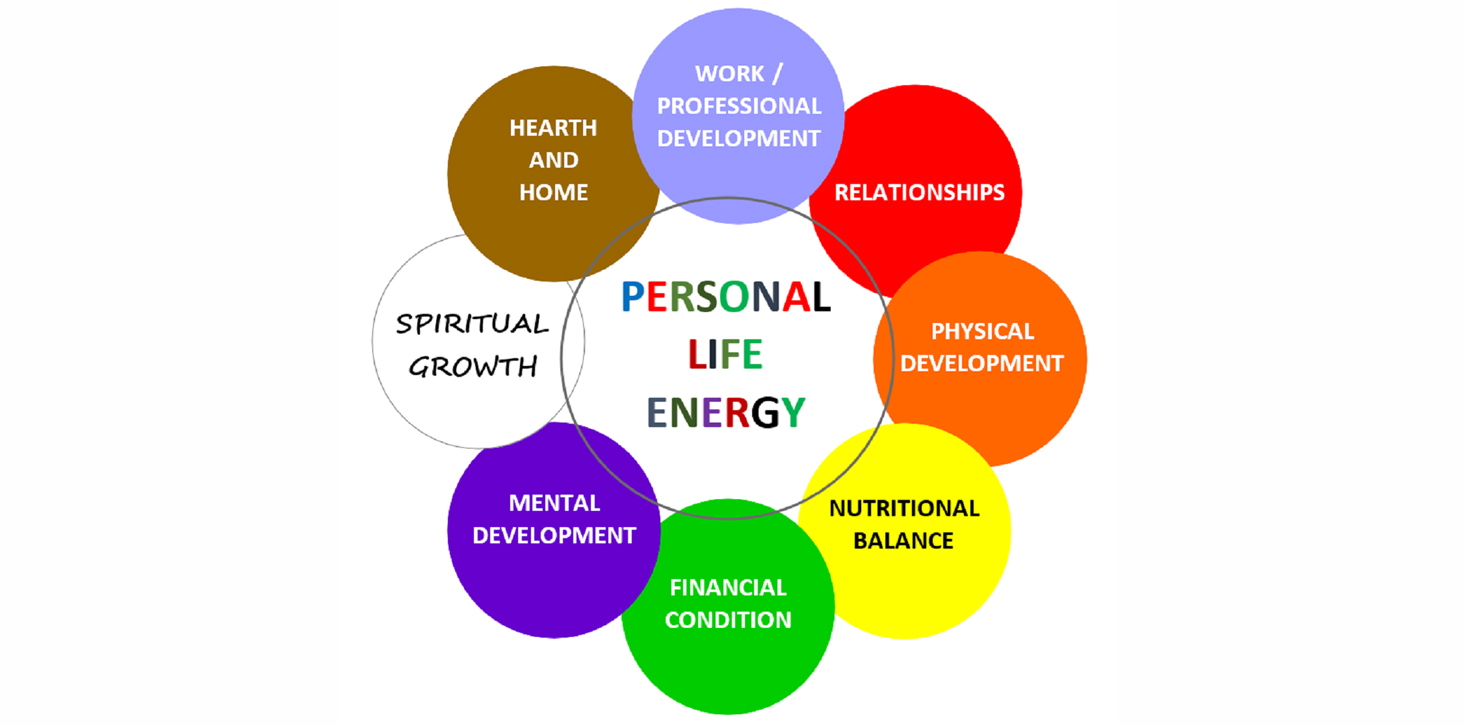



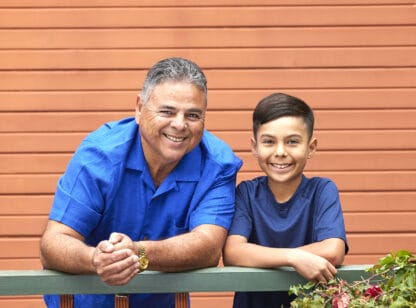

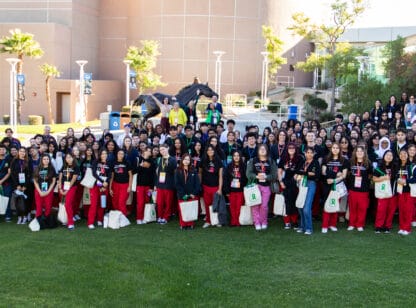


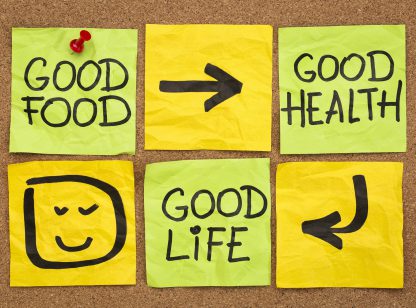










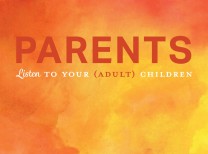


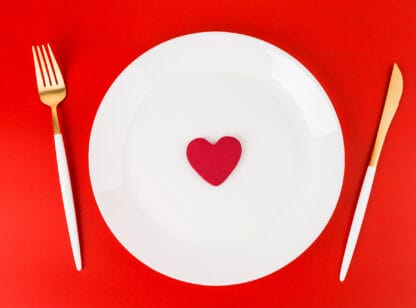












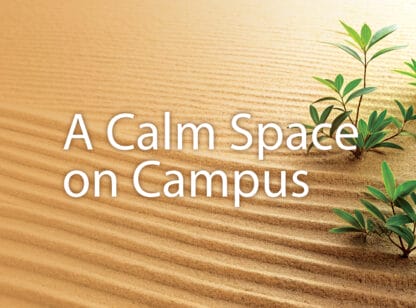
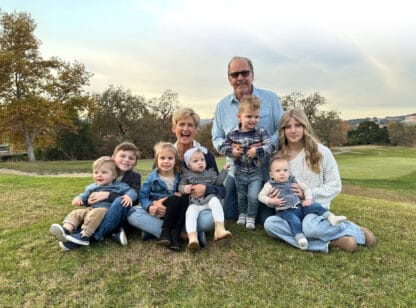




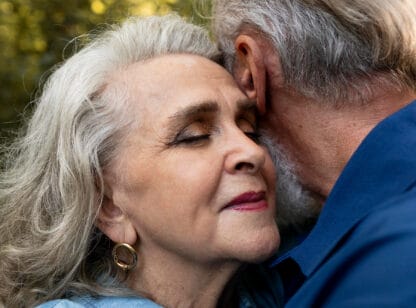
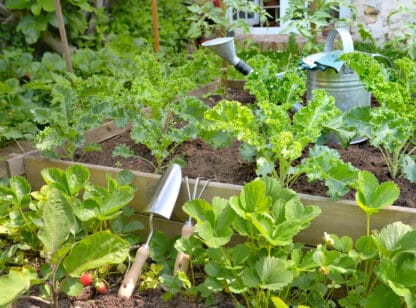
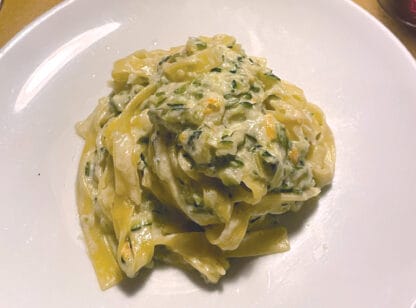

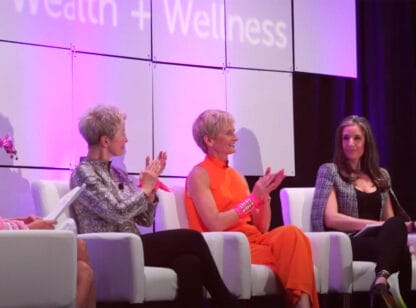

Comments (0)